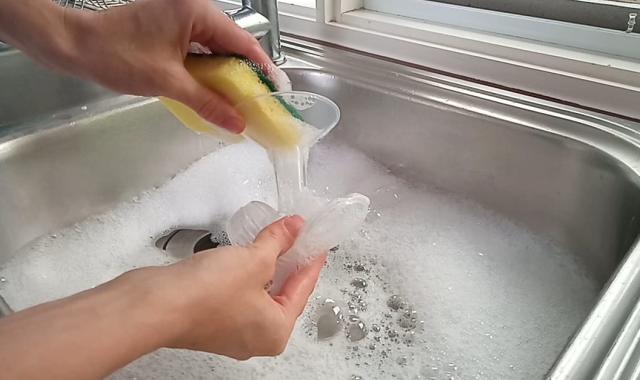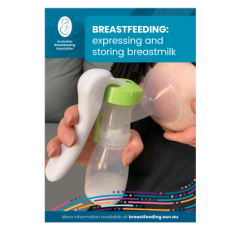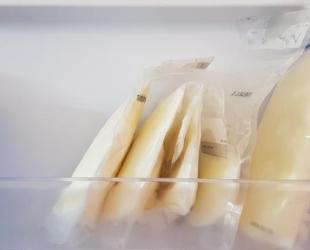Keeping your expressing kit clean—made simple

If your baby is full term and healthy, keeping your expressing equipment clean is simple. There is no need to disinfect or sterilise your own expressing equipment.
If your baby is sick or premature, or you have a breast or nipple infection, follow the advice of your doctor or child health nurse about cleaning your equipment.
What to clean and when
You need to thoroughly clean all your expressing equipment at least once every 24 hours. This includes:
- the milk collection parts of your pump
- all containers used to collect or store your breastmilk.
Expressing once a day or less often? Clean your equipment after each use.
Expressing several times a day? Store unrinsed expressing equipment in the fridge after use in a clean, closed container or plastic bag until next use. If you can't access a fridge, rinse the parts in cold water before storing them in a closed container.
The tubing on electric breast pumps doesn't come in contact with breastmilk and does not need to be cleaned unless directed by the manufacturer.
Steps for cleaning
- Wash your hands well (with soap and hot water) then dry them.
- Take apart the breast pump collection kit and storage containers so each part can be cleaned well.
- Rinse all parts in cold water to remove any milk. (If you have different water supplies for drinking and washing, use drinking water.)
- Wash all parts using hot water and detergent, taking care to remove all traces of milk. Use a brush kept just for this task.
- Rinse all parts at least twice in hot water.
- Drain bottles and containers upside-down on unused paper towel or a clean cloth or towel. Cover and allow to air dry.
- Ensure items are dry before putting them away. If any water droplets remain, dry carefully.
- Store the dry kit in a clean, covered container or closed bag.
© Australian Breastfeeding Association June 2025
Read more about expressing and storing
Evidence-led info and practical tips from our Breastfeeding Information Series
Breastfeeding: expressing and storing breastmilk

- Brodribb, W. (Ed.). (2019). Expressing and storing breastmilk. In Breastfeeding Management in Australia (5th ed., pp. 387-398). Australian Breastfeeding Association.
- National Health and Medical Research Council. (2012). Infant Feeding Guidelines: Information for health workers. (NHMRC reference N56).
- Academy of Breastfeeding Medicine. (2017). ABM Clinical Protocol #8: Human milk storage information for home use for full-term infants, revised 2017. Breastfeeding Medicine, 12(7), 390–395.






